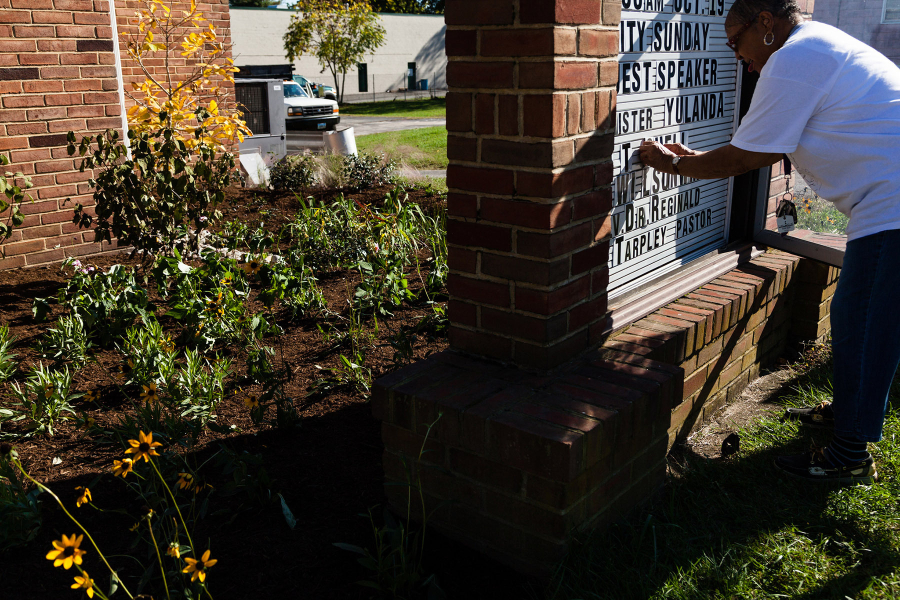Letter from Leadership: A thousand chances to heal
Small organizations and businesses are working together to help restore the Chesapeake Bay.

It is often said that the environment is dying a death by a thousand cuts. No single development, no act of an individual or organization or business causes a big negative impact; but collectively these developments and actions represent a significant impact on the environment. Left unchecked or unaltered, the ultimate fate is clearly predictable.
Thankfully, throughout the watershed, more and more small organizations and businesses are working with local governments to uproot pavement and concrete and replace it with gardens and natural areas. These pollution-reducing conservation practices at churches, schools, libraries, car dealerships, marinas, and, yes, even local brew pubs are healing some of the thousand cuts, as they absorb runoff from buildings and parking lots and reduce pollution flowing off the land and into local streams and creeks. Most of these projects are the result of a few dedicated and talented local citizens and organizations. Recently, the Spa Creek Conservancy, working with the Alliance for the Chesapeake Bay and the Watershed Stewards Academy, with funding support from state and local agencies, installed rain gardens and infiltration basins at the Cecil Memorial Methodist and Mt. Olive African Methodist Episcopal (AME) Churches in Annapolis, Maryland.
Remarkably, these beautiful gardens now catch and absorb virtually all of the polluted stormwater runoff that previously flowed off the property, untreated, and into nearby Spa Creek. While controlling polluted runoff was important to the leadership and congregations of these inner-city churches, so too was the sense of pride that they had in beautifying their houses of worship, with flowering native plants in the rain gardens and these community improvements.
So, how do we stop the death of a thousand cuts from which nature is suffering? By healing those cuts one at a time, through small projects like these that also lift our hearts and our souls and restore that sense of pride in our communities. How glorious and uplifting it will be for members of these churches to attend services and witness these plants in full bloom and know that they are honoring and paying tribute to creation.
Note: The opinions expressed above are those of the author and do not necessarily reflect U.S. EPA policy endorsement or action.

Comments
There are no comments.
Thank you!
Your comment has been received. Before it can be published, the comment will be reviewed by our team to ensure it adheres with our rules of engagement.
Back to recent stories